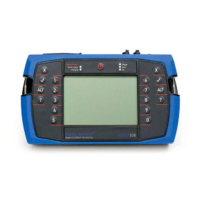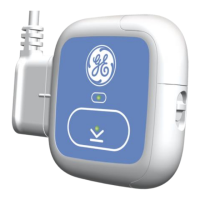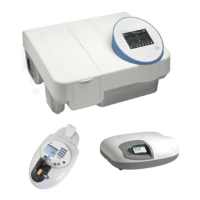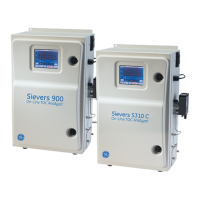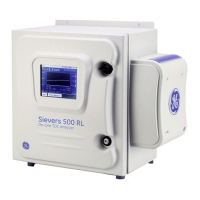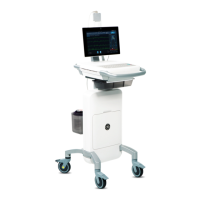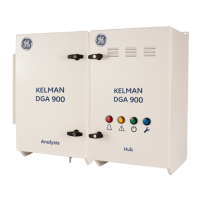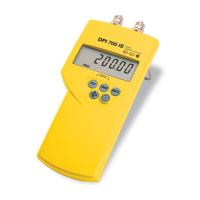Section 4 — Measurement Types and their Uses
59
Time Synchronous Averaging
Time synchronous averaging is a useful vibration analysis technique for
distinguishing between spectral peaks that are very close to the
machine's running speed (but not exact harmonics of it).
After performing a large number of averages, peaks that are whole
number multiples of the running speed will still be visible. Those that are
non-synchronous will be cancelled out from the spectrum.
The key parameters you need to set are the duration, number of
samples, and number of averages.
The duration determines the equivalent Fmax value. If the waveform is
later transferred to Ascent and displayed as a spectrum, this Fmax value
will be used on the chart. The number of samples controls the number of
spectral lines used when the waveform is transferred to Ascent and
displayed as a spectrum.
TIP: We recommend you use 16 or more averages in order to
remove non-synchronous peaks from the final spectrum.
NOTE: You must use a tachometer or Keyphasor® to trigger your
measurements.
To conduct time synchronous averaging:
1. Connect the tachometer or Keyphasor® that will be used to trigger
your measurements.
2. Press or Measure.
3. Press Time Synch Avg.
4. Use the arrow keys on the left to select a parameter set or press
to create a new set.
NOTE: If you are creating a new parameter set, select the number
of samples, duration, and tach trigger source. Press and
to set the number of averages.
5. Set the parameters as required.
6. Press to start measuring.

